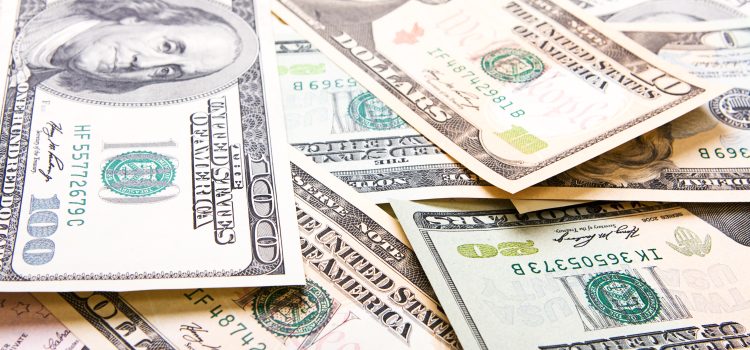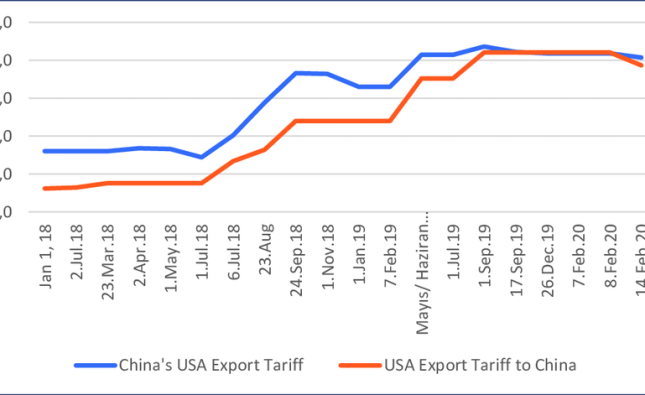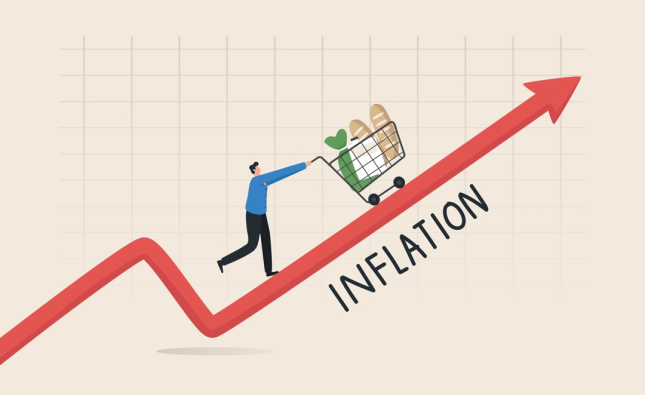
Inflation has been a critical economic factor shaping consumer behavior for decades. In 2024, inflation remains a significant concern for households and businesses alike. This article explores the effects of inflation on consumer spending, providing insights into how rising prices influence purchasing decisions, savings, and overall financial health.
We will break down the topic into digestible sections, offering a clear analysis and comparative perspective. To make the information accessible, we use a straightforward tone, ensuring readers from all backgrounds can understand and engage with the topic.
What is Inflation?
Inflation refers to the rate at which the general level of prices for goods and services rises over a period. When inflation occurs, the purchasing power of money declines, meaning consumers need more money to buy the same products or services.
Types of Inflation:
- Demand-Pull Inflation: Caused by high consumer demand exceeding supply.
- Cost-Push Inflation: Triggered by increased production costs passed onto consumers.
- Built-In Inflation: Driven by expectations of future price increases, often leading to a cycle of wage and price hikes.
In 2024, a combination of these factors has contributed to inflation trends worldwide, directly affecting consumer spending patterns.
Inflation’s Direct Effects on Consumer Spending
Inflation impacts consumer spending in several ways, reshaping priorities and behaviors. Here are the key effects:
1. Reduced Purchasing Power
Rising prices mean that consumers can afford fewer goods and services with the same income. Essentials such as food, energy, and housing often take priority, leaving less disposable income for non-essential purchases like entertainment or luxury items.
2. Shift in Spending Habits
Consumers tend to:
- Opt for generic or lower-cost brands.
- Delay or avoid big-ticket purchases such as cars or home appliances.
- Reduce discretionary spending on leisure activities and travel.
3. Increased Use of Credit

To maintain their standard of living, many consumers turn to credit cards or personal loans, leading to higher debt levels.
4. Focus on Savings and Investments
High inflation often discourages savings due to reduced real interest rates. Instead, consumers may invest in inflation-resistant assets like real estate or commodities.
Key Sectors Affected by Inflation
1. Retail
Consumers are increasingly price-sensitive, leading to:
- Growth in discount stores and private-label brands.
- Decreased sales for premium and luxury goods.
2. Real Estate
Higher mortgage rates, a byproduct of inflation, discourage home purchases and favor rental markets.
3. Food and Beverage
Rising food prices lead to changes in diets, with consumers opting for affordable and locally sourced products.
4. Travel and Hospitality
Inflation reduces discretionary income, leading to fewer vacations and dining-out experiences.
Comparative Table: Inflation’s Impact on Spending in 2024 vs. Previous Years
| Aspect | 2024 | Pre-2020 (Low Inflation Period) |
|---|---|---|
| Purchasing Power | Declined significantly | Relatively stable |
| Consumer Savings Rates | Lower due to higher expenses | Higher savings rates |
| Spending on Essentials | Increased share of budget | Moderate spending |
| Discretionary Spending | Reduced significantly | Stable or growing |
| Credit Usage | High | Moderate to low |
| Economic Sentiment | Pessimistic | Optimistic |
Analysis Table: Inflation’s Effects on Key Demographics
| Demographic | Effect of Inflation | Behavioral Response |
| Low-Income Households | Struggled to afford essentials like food & rent | Reduced discretionary spending |
| Middle-Class Families | Faced higher education and healthcare costs | Increased use of credit; delayed purchases |
| High-Income Earners | Less affected by essentials’ price hikes | Focused on investments |
| Young Adults | Struggled with rent and student loans | Shifted to shared housing, budget travel |
| Retirees | Savings eroded by inflation | Adjusted lifestyles, reduced luxuries |
Coping Strategies for Consumers in 2024
1. Budgeting
Consumers are advised to:
- Track expenses and prioritize essentials.
- Identify areas to cut back, such as subscriptions or luxury items.
2. Smart Shopping
- Use coupons, cashback apps, and discounts.
- Buy in bulk and compare prices across retailers.
3. Investing Wisely
Investing in assets that tend to retain value during inflation, such as gold, real estate, or inflation-indexed bonds, can protect purchasing power.
4. Reducing Debt
Paying off high-interest debt reduces the financial strain caused by rising living costs.
Conclusion
Inflation in 2024 has significantly reshaped consumer spending, with a pronounced focus on essentials and a reduction in discretionary spending. Understanding these shifts can help consumers, businesses, and policymakers adapt to the changing economic landscape.
By staying informed and adopting practical strategies, consumers can mitigate the impact of inflation and maintain financial stability during challenging times.










